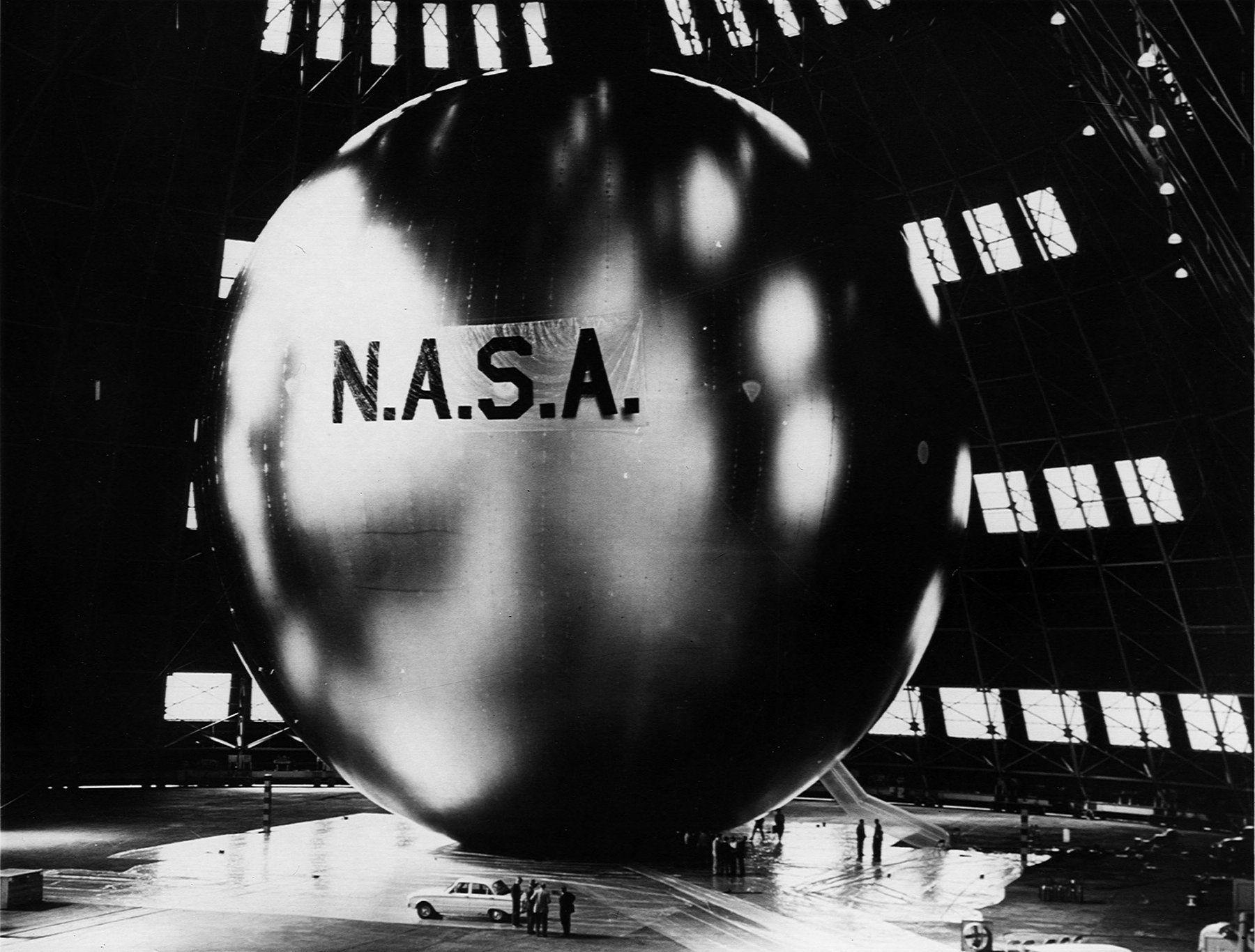August 31, 2010 Vol. 3, Issue 8
An innovation infusion process helps the European Space Agency keep up with increasing mission complexity, autonomy, coordination, and real-time data.
In a paper by Alessandro Donati in the July 2010 issue of Acta Astronautica, the Advanced Mission Concepts and Technology Office (referred to as the Mission Tech Office, or MTO) at the European Space Operations Center of the European Space Agency (ESA) shared its innovation infusion process for space mission operations. Over the past 10 years, MTO has been developing and refining processes to identify, introduce, and infuse new technologies. The steps include:
- Identify future needs in upcoming missions.
- Select new mission operations concepts by balancing the exploitation of current capabilities with the exploration and introduction of innovations.
- Identify suitable technologies to enable and enhance functionality.
- Iteratively design and develop prototypes.
- Refine development methodologies for small prototypes.
- Validate and assess the new technologies under real conditions.
- Disseminate documentation, technology, experiences, and lessons learned to key stakeholders through papers and presentations.
- Tailor the process to minimize interruption and streamline interface between developers and users.
MTO’s process has been used to address several areas such as artificial intelligence and spacecraft diagnostics. For example, the Mars Express spacecraft is using Advanced Planning and Scheduling Initiative (APSI) software, the successor to MEXAR-2, which synthesizes plans for downlinking data, performs low-level, repetitive tasks, and enables rapid production of a data dumping plan. The software increases the total amount of data return, decreases the number of station passes, and consequently decreases cost.
Tools to manage the tens of thousands of diagnostic parameters on a spacecraft have also come out of the program. On ENVISAT, a gyro monitoring tool alerts engineers to preventive actions to avoid downtime and indicates urgency levels. DrMUST, an anomaly investigation tool, finds patterns in system behaviors around the time of an anomaly rather than identifying when values fall outside of a range. It also determines what other subsystems were involved in the anomaly, and if it happened before and went unnoticed.
Donati offers that the process is applicable across fields and seeks collaboration with other partners in their continued efforts to promote and support technology transfer, exchange, and infusion.
Reference: A. Donati, “Infusion of innovative technologies for mission operations,” Acta Astronautica (2010),
doi: 10.1016/j.actaastro.2010.06.023.






